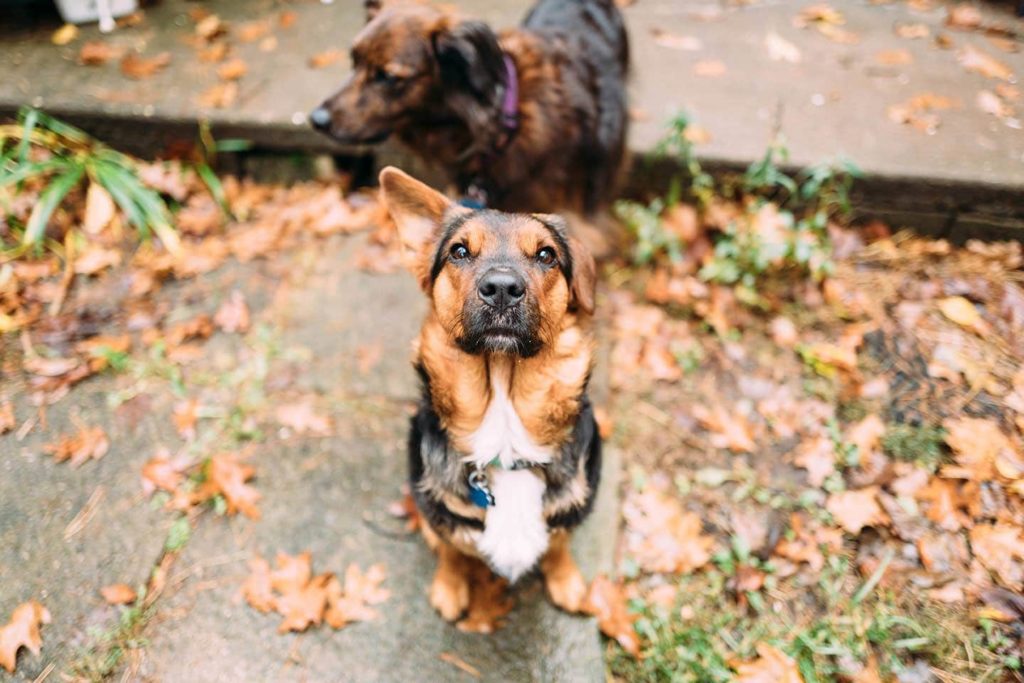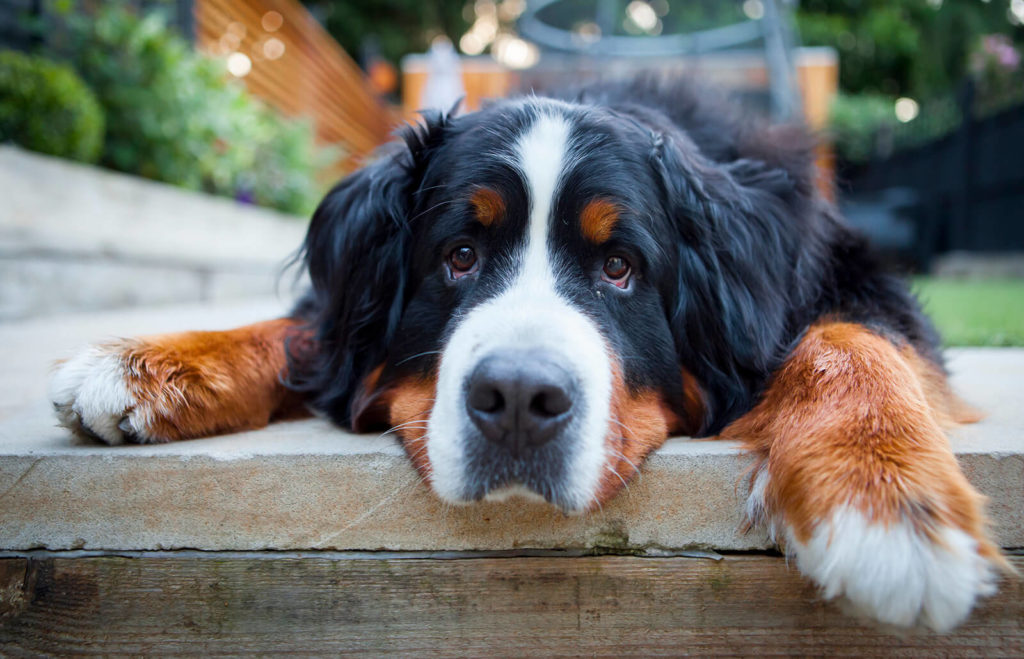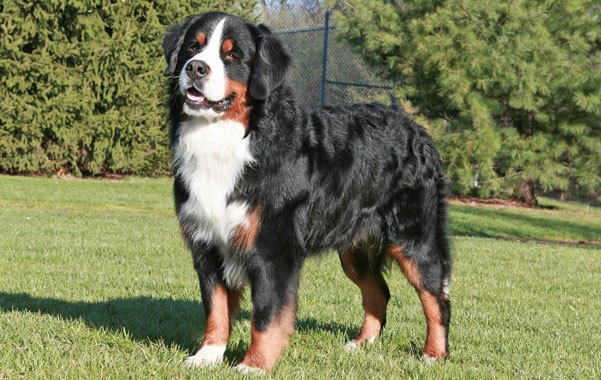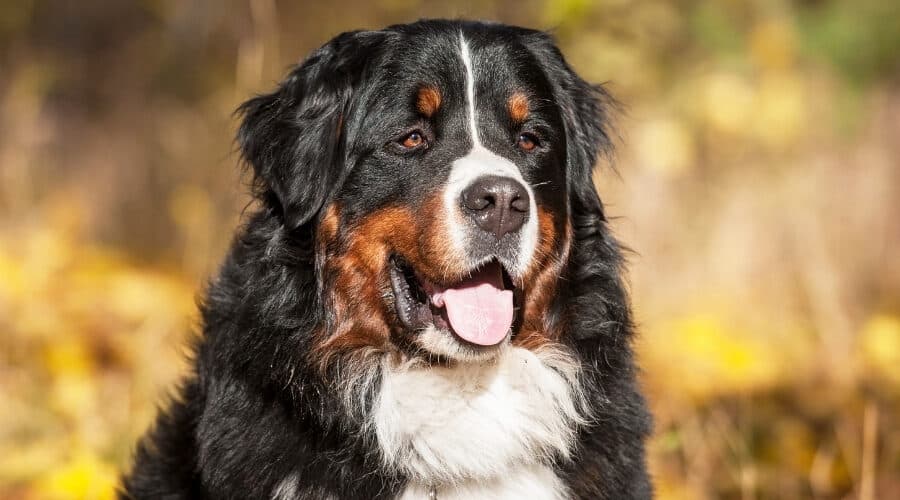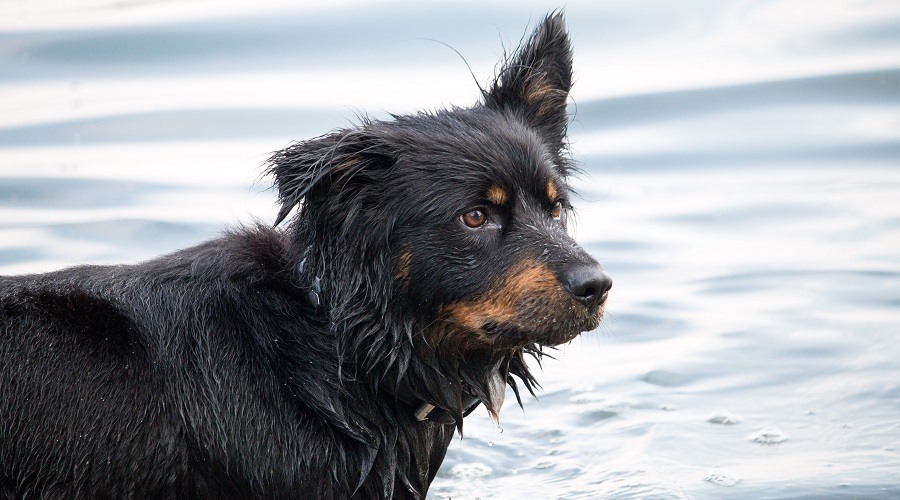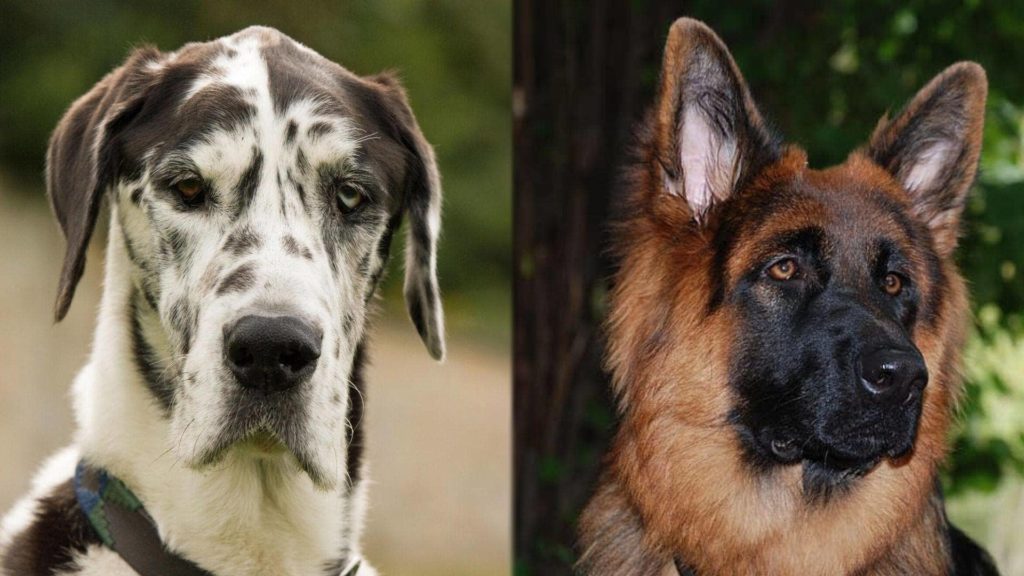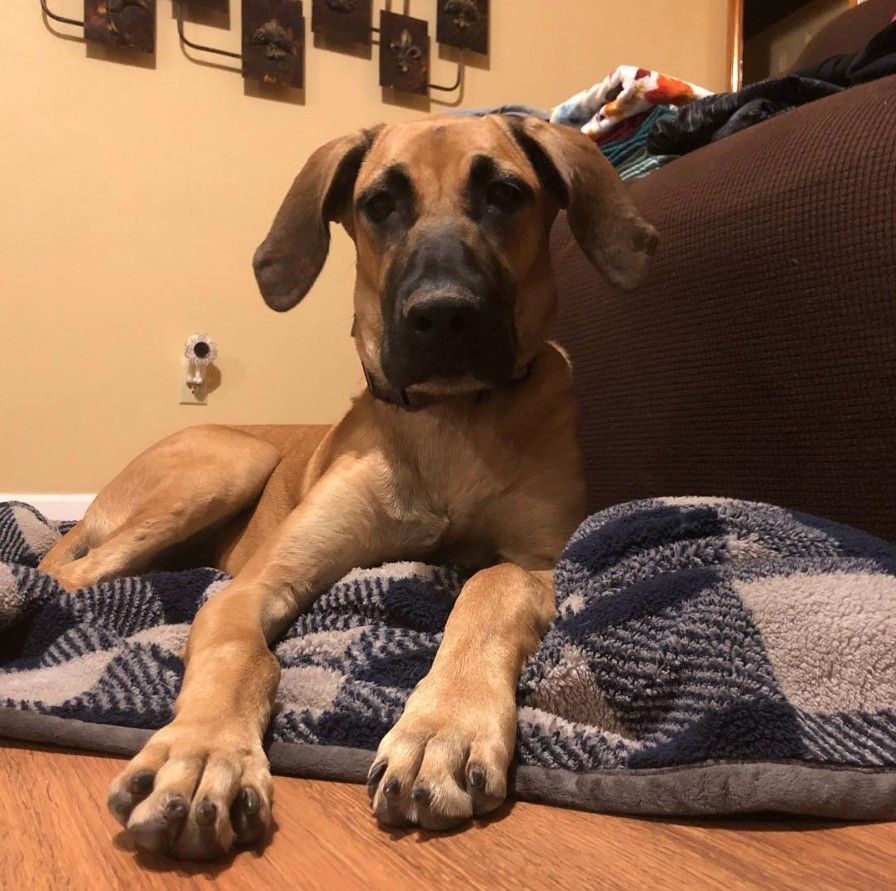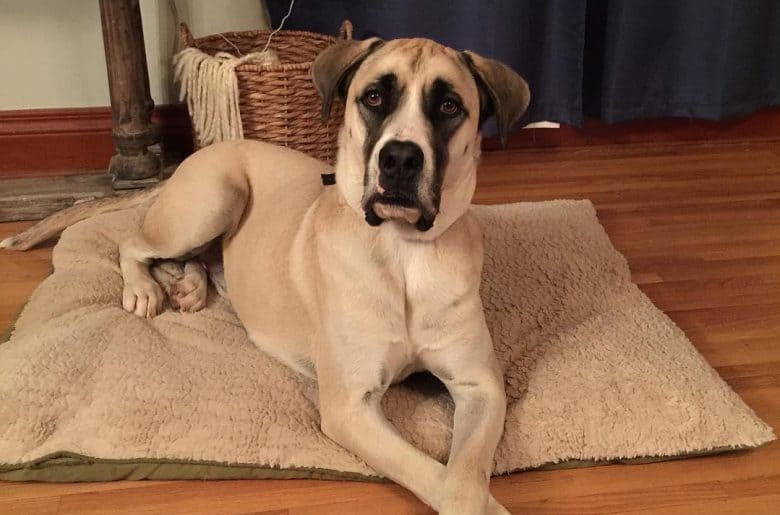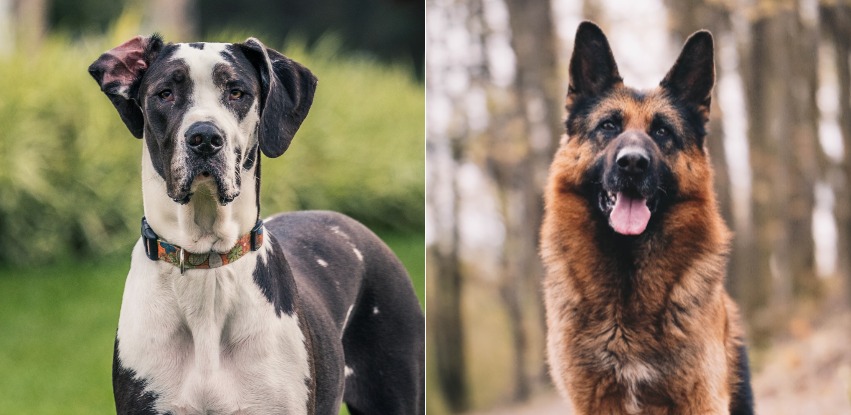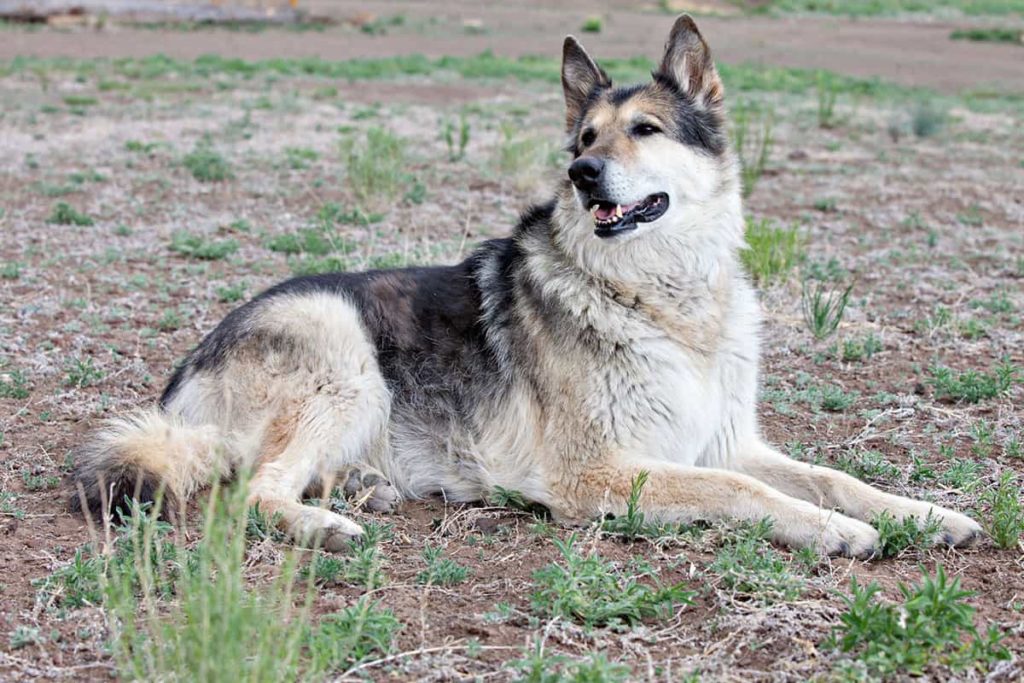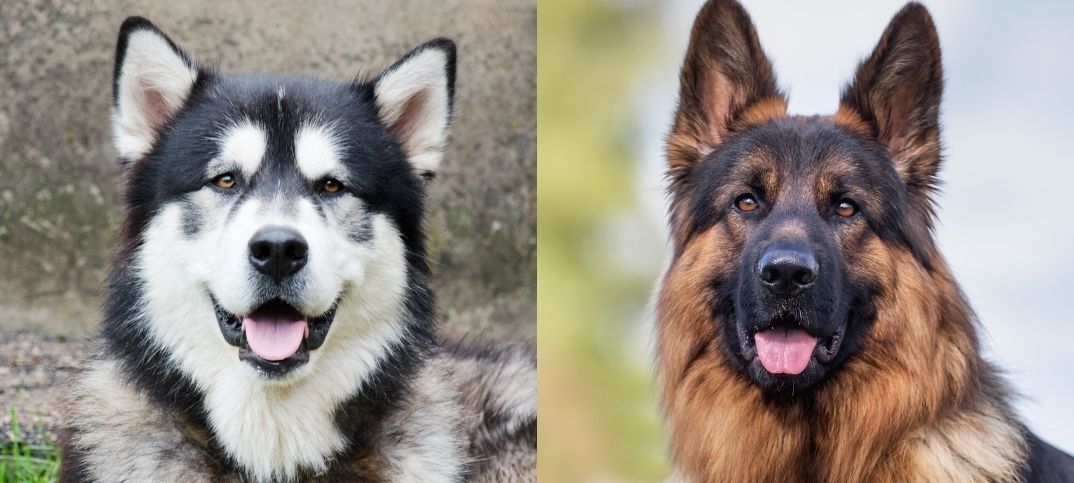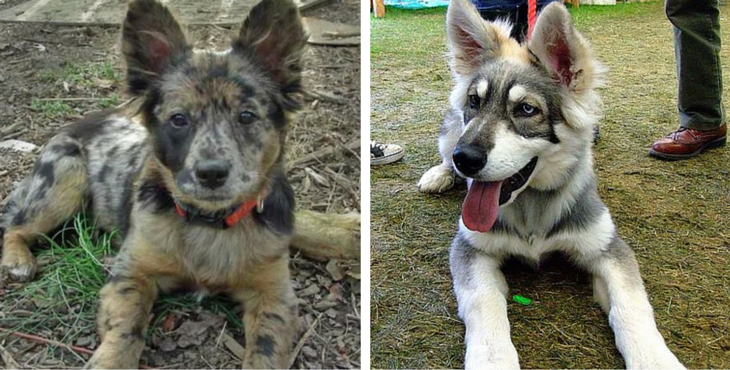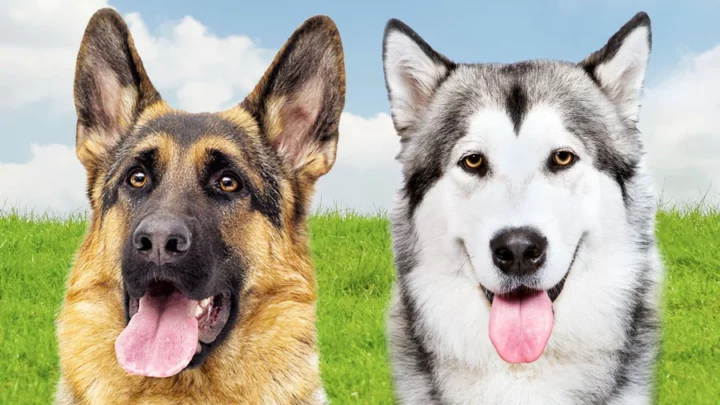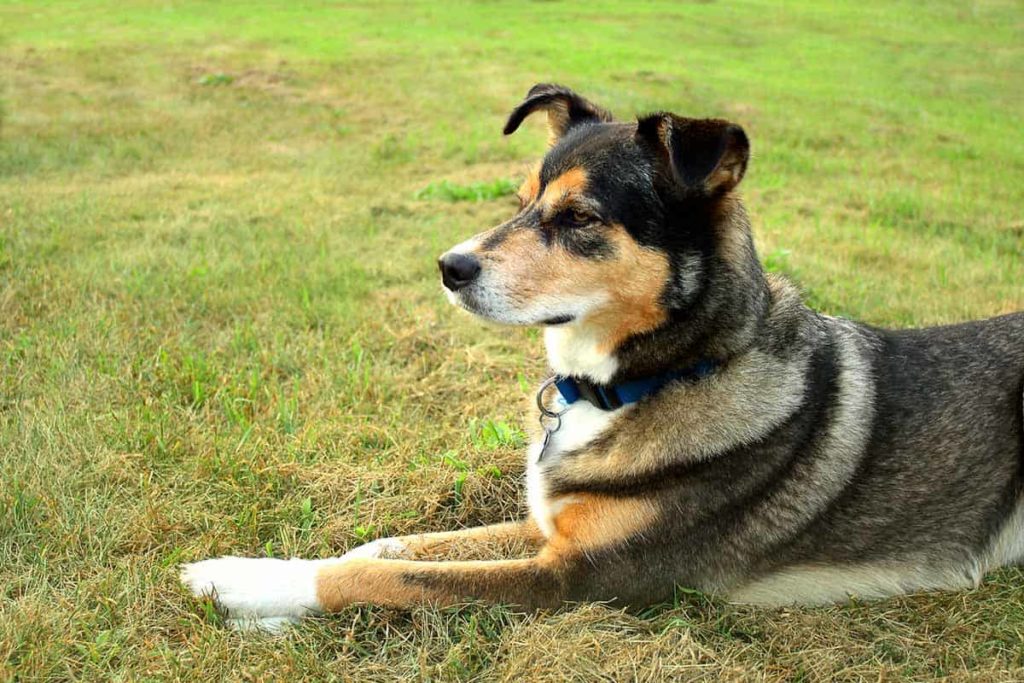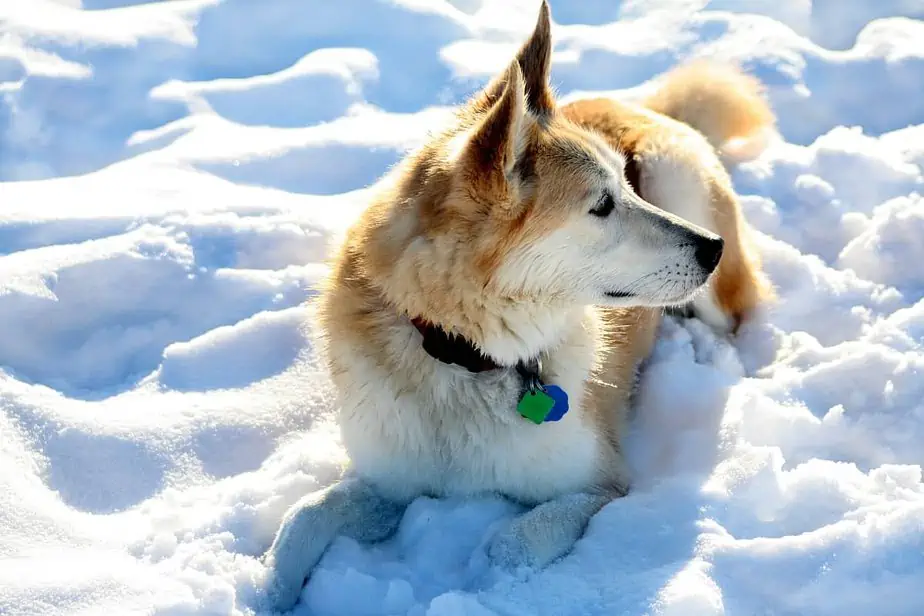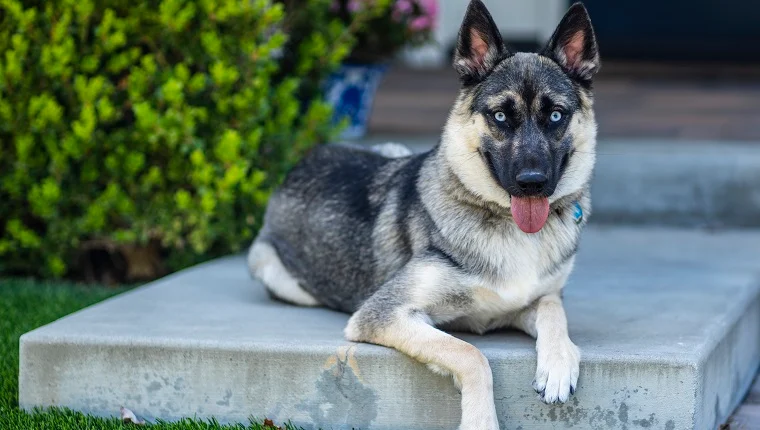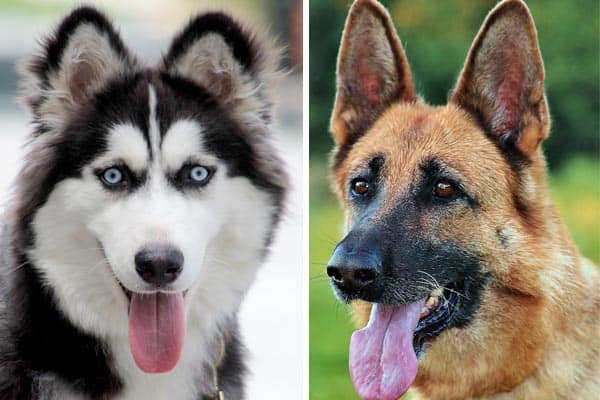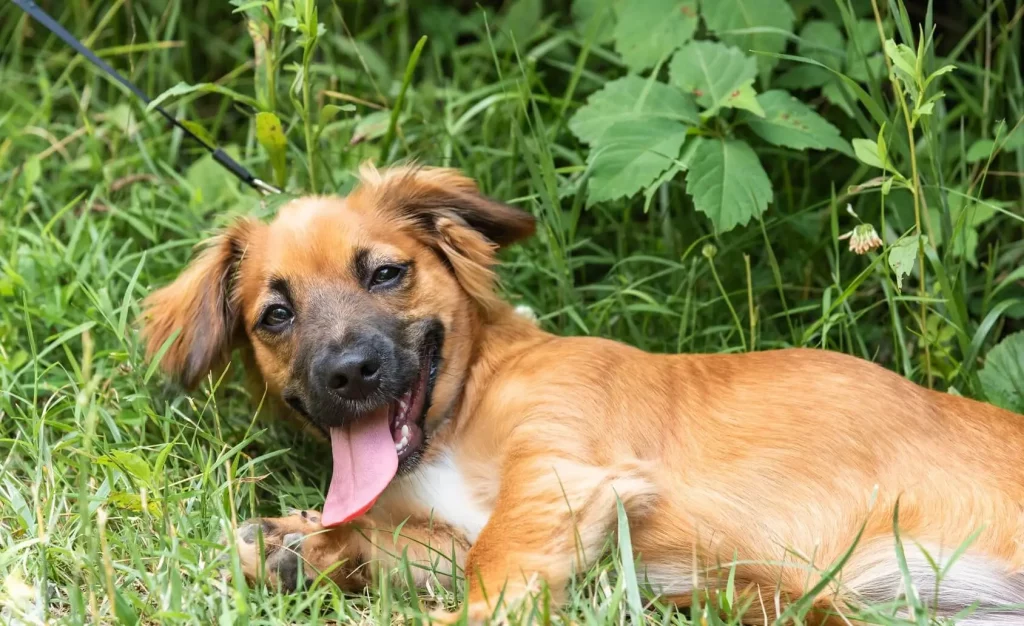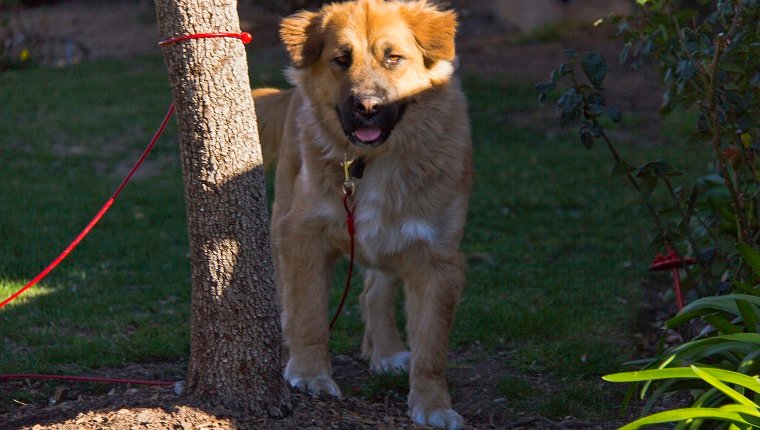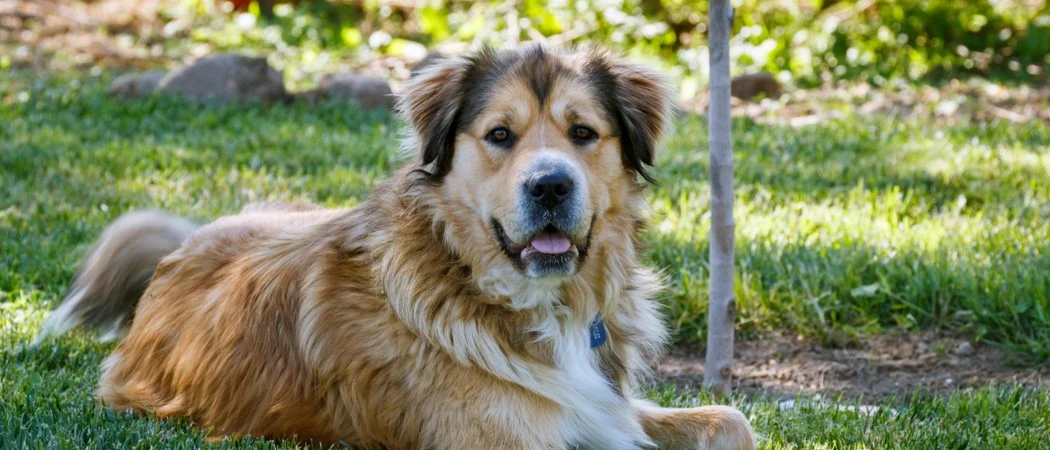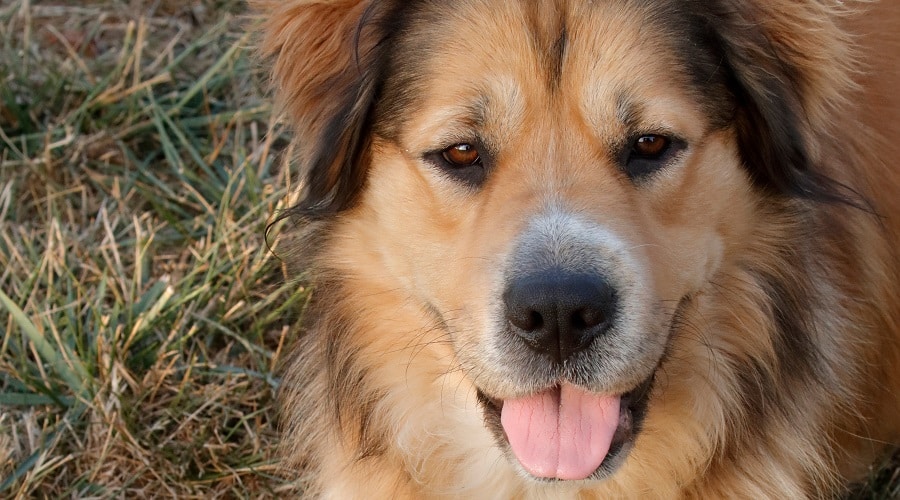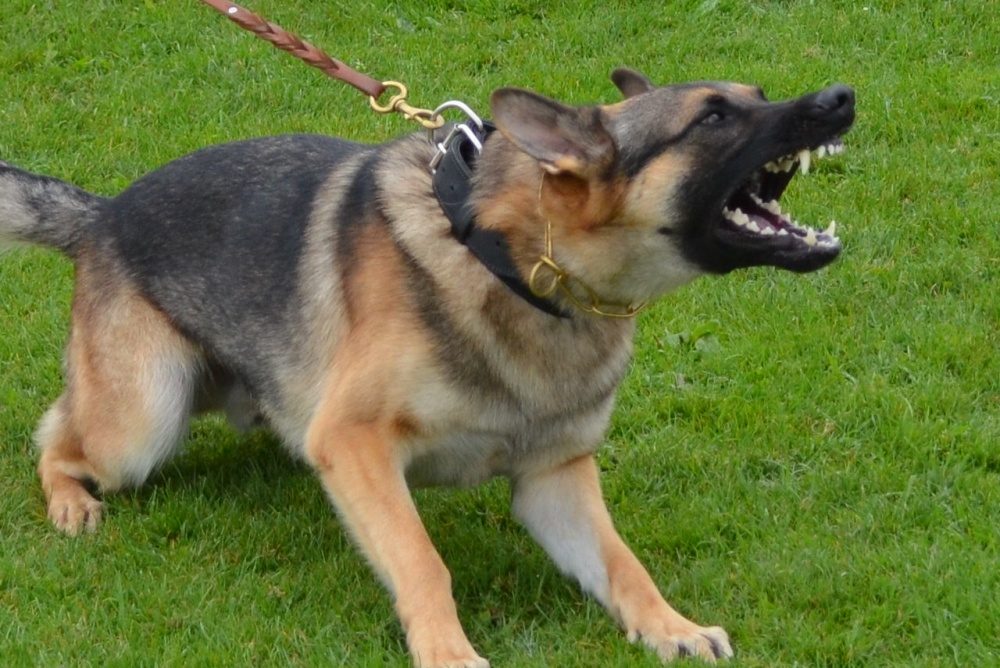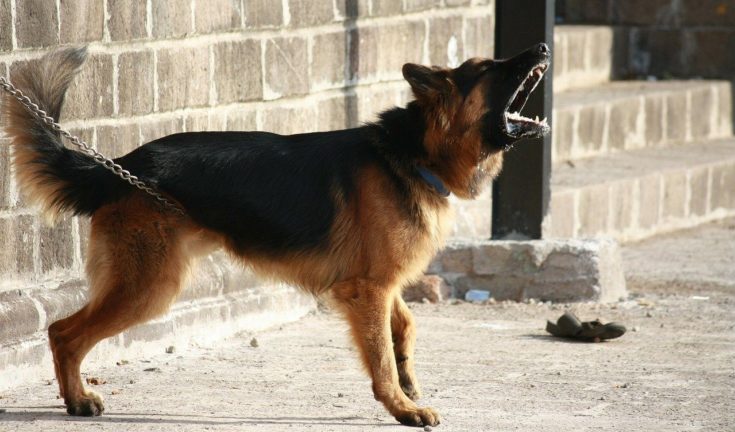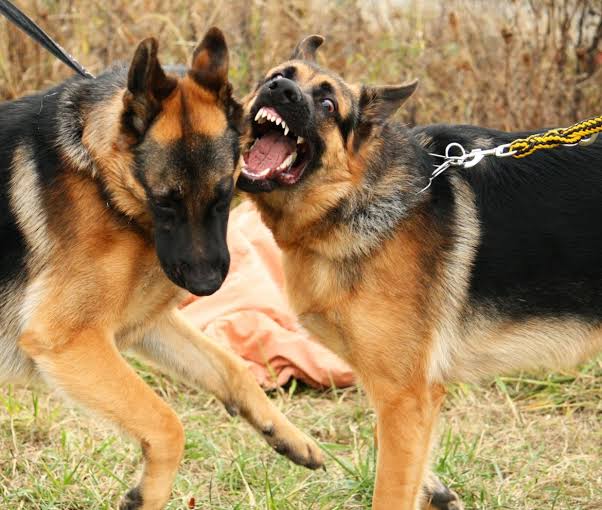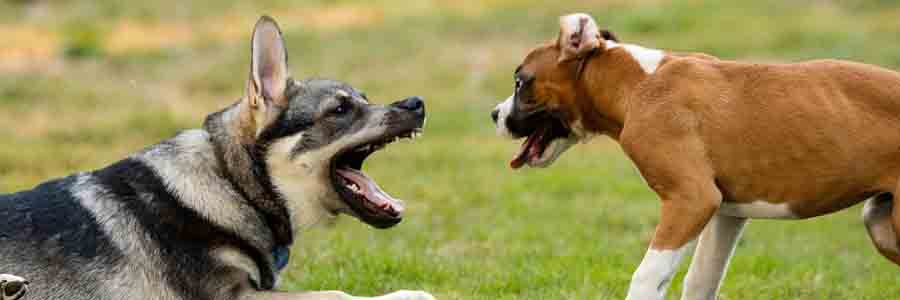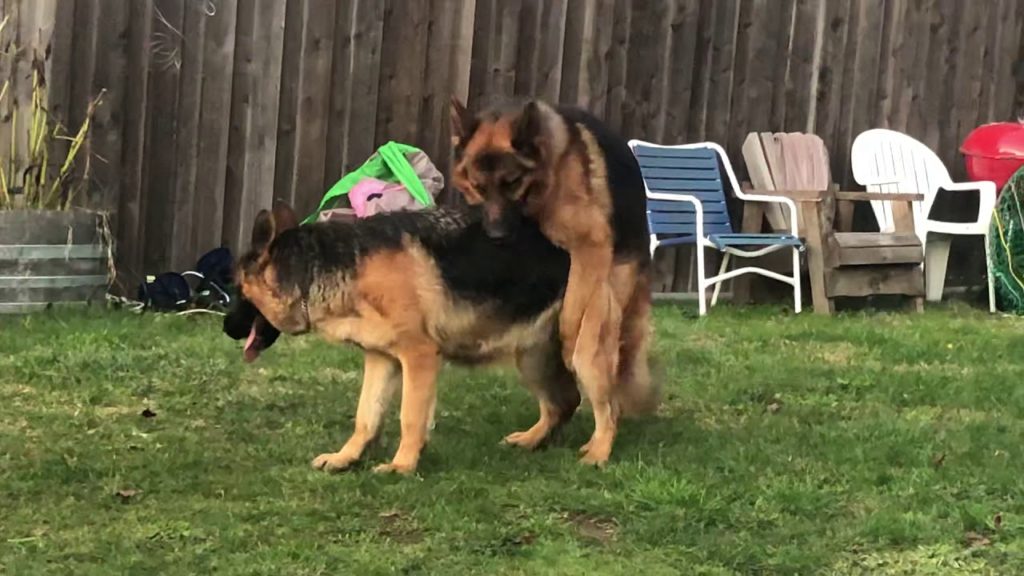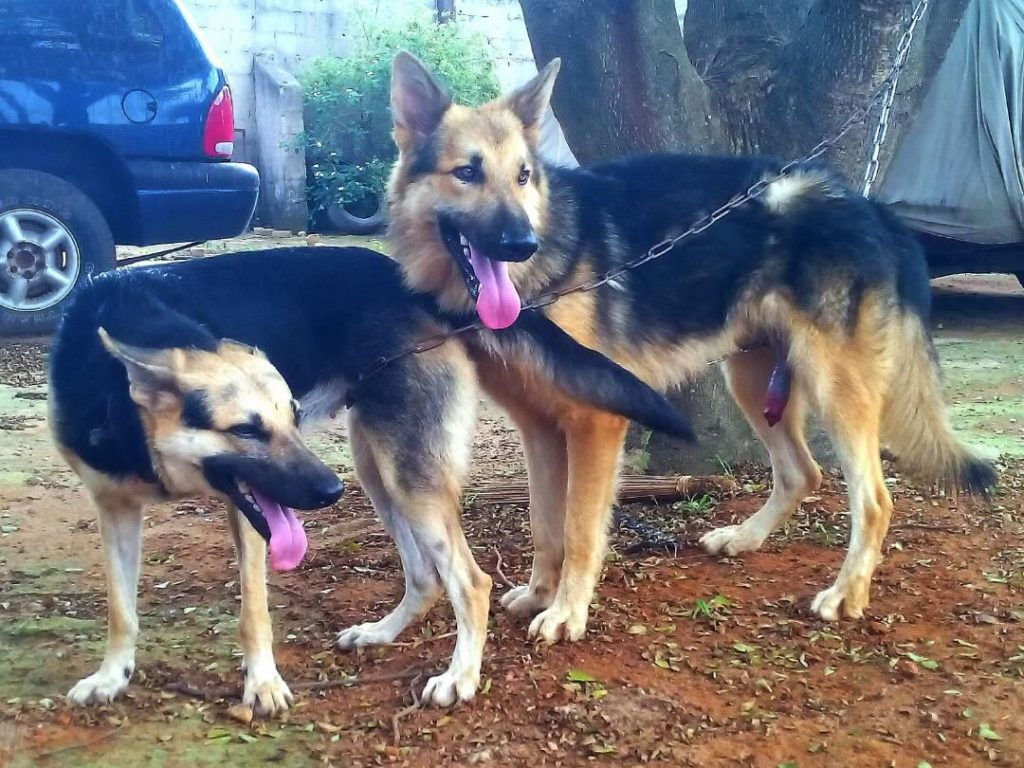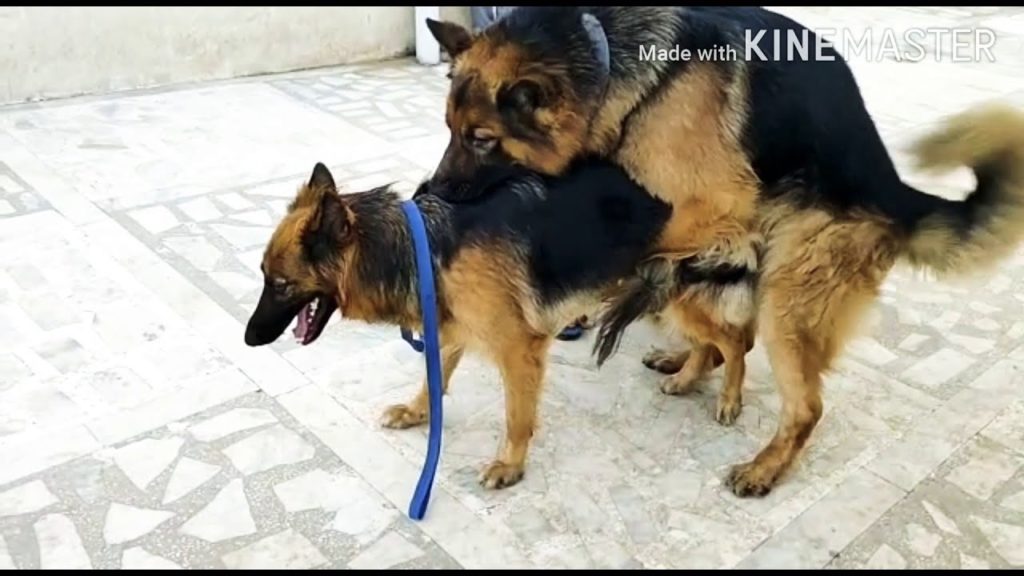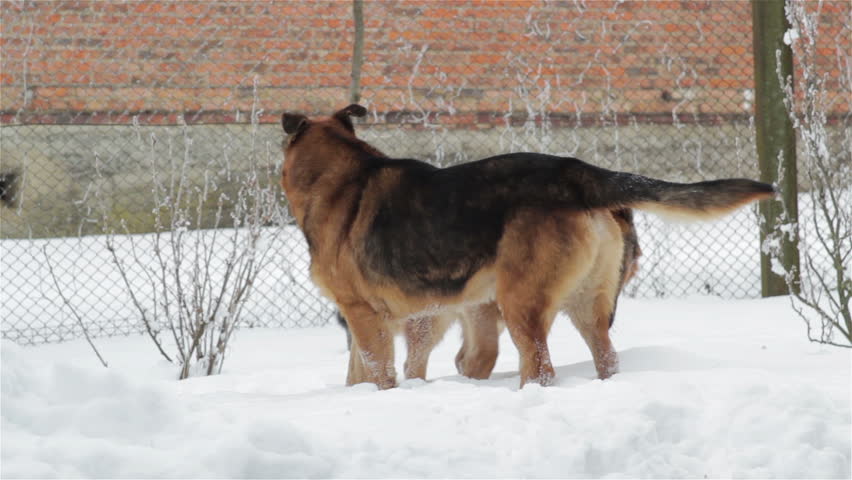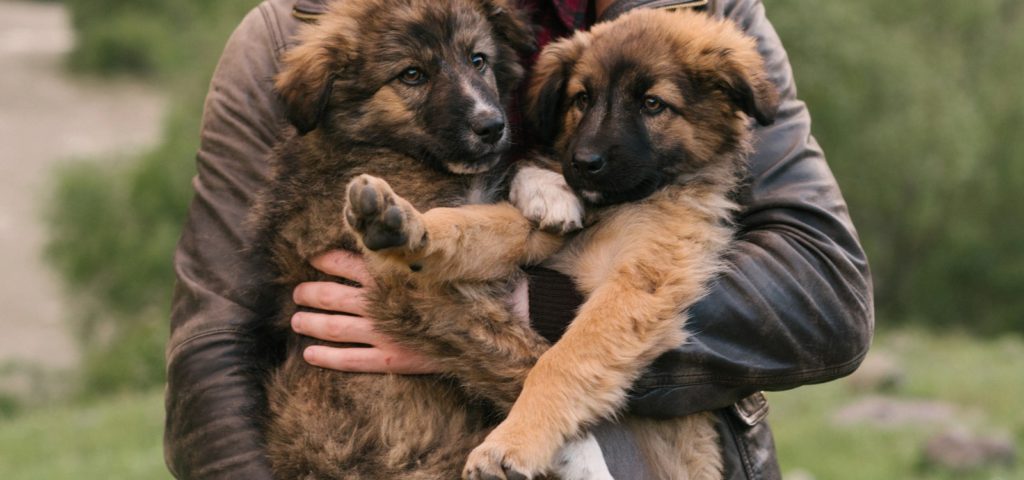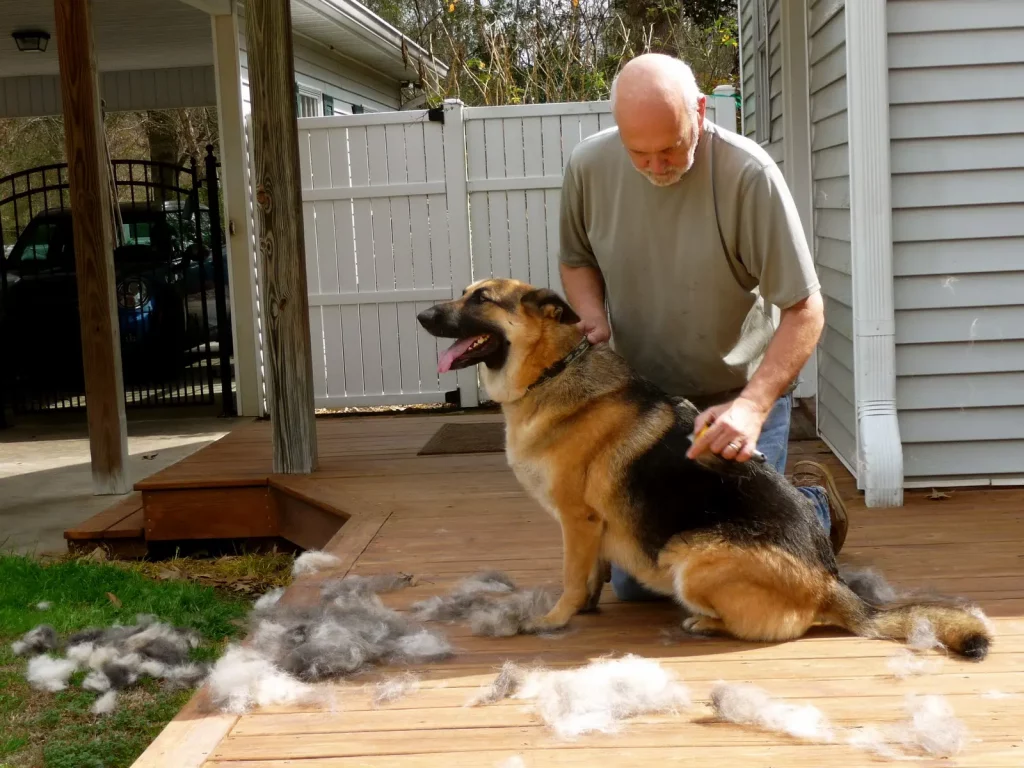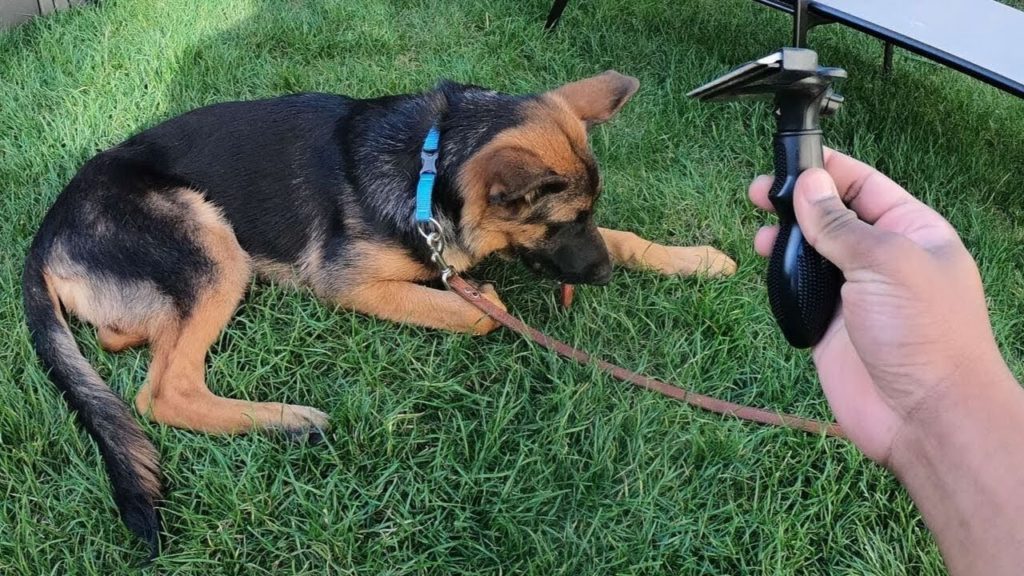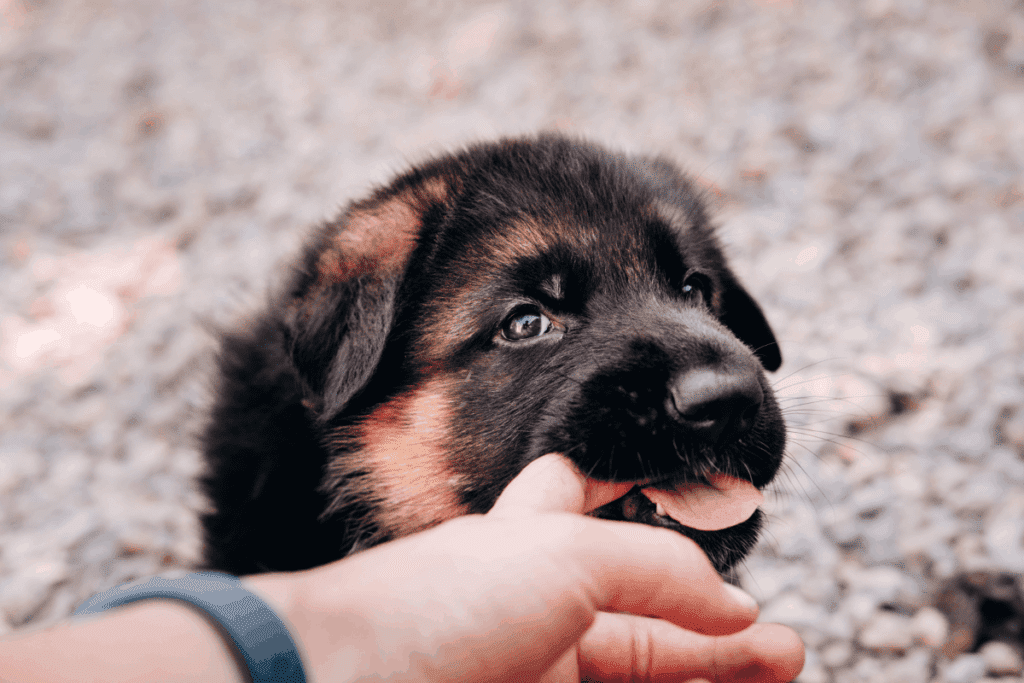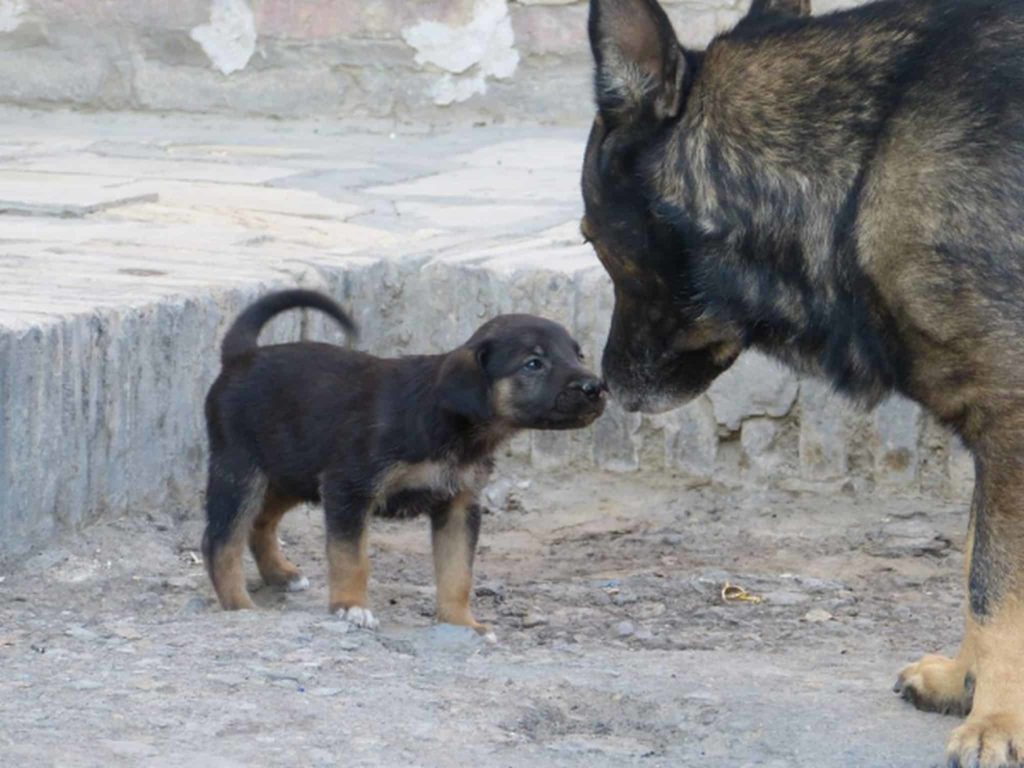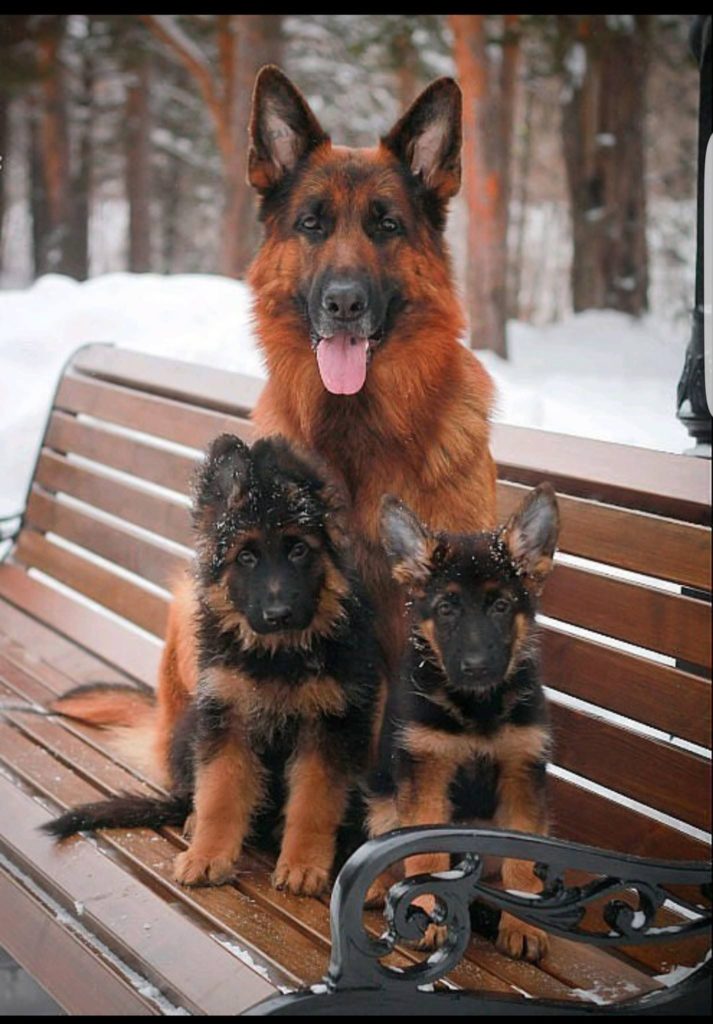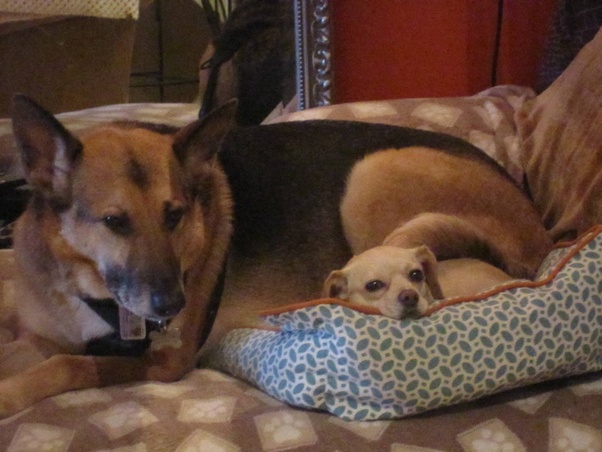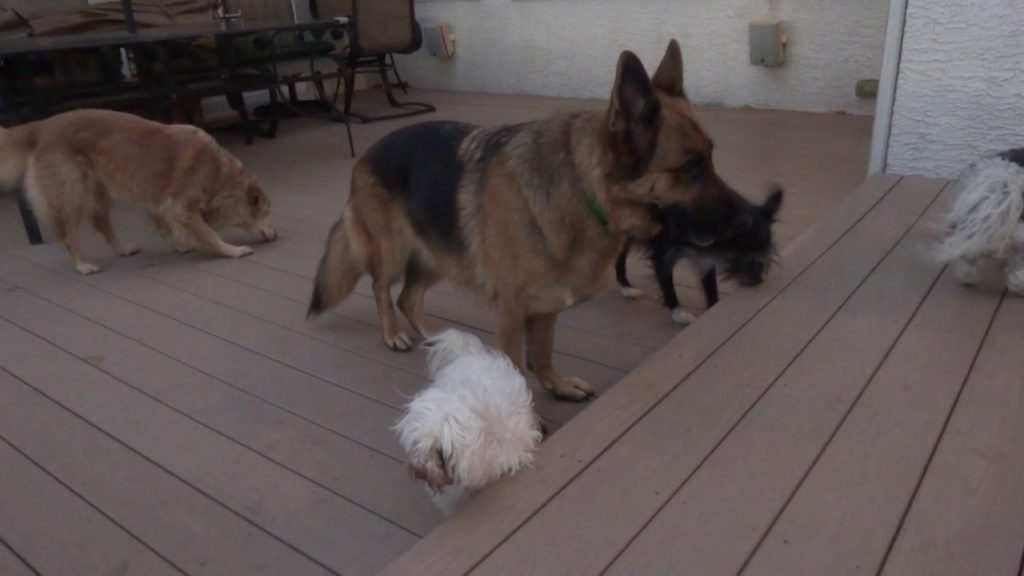The Corman Shepherd is a mixed-breed dog that is a hybrid between a Corgi and a German Shepherd Dog. The Corman Shepherd is a mixed-breed dog, not a purebred. Designer breeders started purposefully crossing Corgis and German Shepherd Dogs in the early 2000s, most likely in North America, and the Corman Shepherd dog breed was born.
While there is no established reason why breeders began purposefully breeding Corman Shepherds, it is possible that it is due to the Corgi’s increasing influence. Breeders may have tried to mix the Corgi’s attractiveness with the German Shepherd Dog‘s protectiveness.
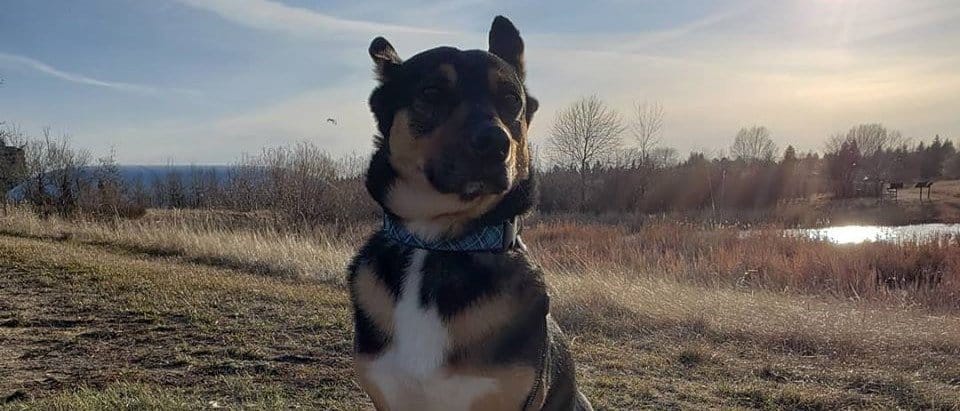
As the demand for mixed breed puppies grew, they continued to breed Corman Shepherds. These pups were loyal, fearless, and a little stubborn, inheriting some of their parents’ greatest traits. The German Corgi and the Corgi German Shepherd are two names for Corman Shepherds.
Body characteristics
- Corman Shepherd puppies have a reputation for inheriting the greatest traits from both parents.
- They range in size from medium to large, although they can also be found in small forms.
- Corman Shepherds can have a wide range of sizes in their puppies due to their breeding. They are often only 12 to 15 inches tall, depending on the size of the Corgi.
- They weigh from 20 to 70 pounds, owing to a crossbreeding of the Corgi and the German Shepherd.
Behavior
Corman Shepherds are intelligent and clever dogs. To satisfy their owners, they would go to any length. These dogs are devoted to their owners and are extremely loyal. They’re also known for guarding the owners’ families. Because of this, they are frequently regarded as excellent security dogs and watchdogs.
Corman Shepherds are recognized for being energetic and active. Overall, they have a pleasant demeanor. They get along well with the family’s children as well as any other pets you may have. These dogs are obedient and will constantly require your care and attention. It’s not a good idea to leave them alone for long periods of time. Corman Shepherds may become aggressive if they are not properly cared for.
Training
Because these dogs are obedient, training them is not difficult. From time to time, you’ll need to teach your dog how to be alone. You might start by leaving them alone for small amounts of time and progressively increase the amount of time you leave them alone. When you return, utilize positive reinforcement and reward your dog with a treat so that they associate you leaving them alone with something pleasant.

You’d also have to train your dog to get along with other people. Otherwise, they may develop into aggressive and territorial dogs. They must be trained from the time they are puppies to avoid developing behavioral disorders. When these canines are still puppies, early training is essential.
This would aid in the prevention of behavioral problems later in life. Corman Shepherds are also intelligent, which means they can rapidly become bored. If you don’t give your Corman Shepherd mixed breed dog enough mental stimulation, they’ll become destructive and undesired.
Caring
These dogs have a lot of energy and are quite active. As a result, they have fairly high workout requirements. Two long walks per day, plus additional fun, would be beneficial to your dog on a daily basis. The coat colors of these hybrid dogs are a blend of their parents’ coat colors. Black, white, brown, and golden blonde is among them. Their coats are usually a mix of two or more hues, and they rarely have a single color.
Due to their two coats, these dogs shed a lot. Blowing sessions would be required to remove the shedding coat from their bodies. The coats must be brushed on a daily basis. You’d have to scrub their teeth and keep their nails trimmed. You’d also have to check their ears for infections on a regular basis.
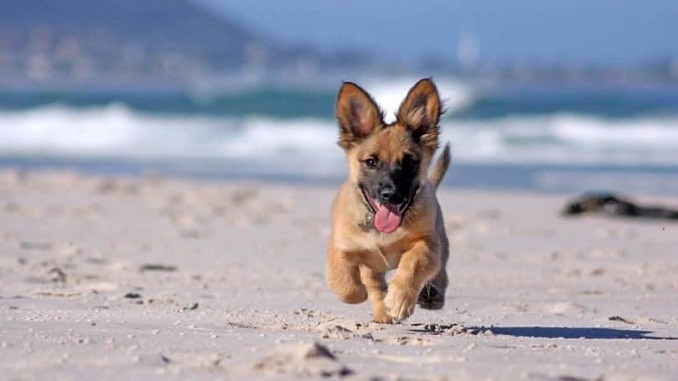
Health
Although Corman Shepherds are typically healthy dogs, it is always possible that a puppy will inherit an illness from one or both of its parents. Corman Shepherds have a variety of health issues, including:
- Bloating
- Joint Dysplasia
- Back Issues
- Allergies
- Eye Issues
- Weight Concerns
RECOMMENDED ARTICLES

